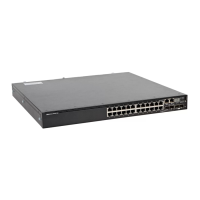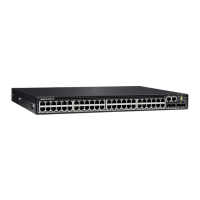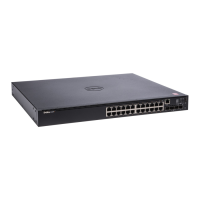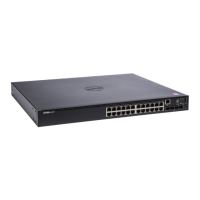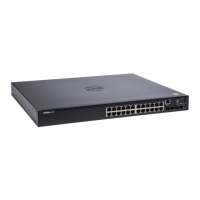244 Monitoring and Logging System Information
Why Is System Information Needed?
The information the switch provides can help you troubleshoot issues that
might be affecting system performance. The cable diagnostics test help you
troubleshoot problems with the physical connections to the switch. Auditing
access to the switch and the activities an administrator performed while
managing the switch can help provide security and accountability.
Where Are Log Messages Sent?
The messages the switch generates in response to events, faults, errors, and
configuration changes can be recorded in several locations. By default, these
messages are stored locally on the switch in the RAM (cache). This collection
of log files is called the RAM log or buffered log. When the RAM log file
reaches the configured maximum size, the oldest message is deleted from the
RAM when a new message is added. If the system restarts, all messages are
cleared.
In addition to the RAM log, you can specify that log files are sent to the
following sources:
• Console — If you are connected to the switch CLI through the console
port, messages display to the screen as they are generated. Use the
terminal monitor
command to control logging of messages to the console
when connected via Telnet or SSH.
• Log file — Messages sent to the log file are saved in the flash memory and
are not cleared when the system restarts.
• Remote server — Messages can be sent to a remote log server for viewing
and storage.
• Email — Messages can be sent to one or more email addresses. You must
configure information about the network Simple Mail Transport Protocol
SMTP) server for email to be successfully sent from the switch.

